Hey everyone,
It feels a little strange to say that I am excited to bring you the story of Lepa Radić today. She reminds me a lot of Sophie Scholl, who I covered with her brother in episode #17. But while Sophie Scholl is well-known in the English-speaking world, Lepa Svetozara Radić is not, and I think that’s a shame. So today I am happy to be covering her.
Don’t forget the Black Friday sale is still on! This 50% discount is the lowest subscriptions have ever been. Don’t miss out.
Hey everyone, welcome to Unruly Figures, the podcast that celebrates history’s greatest rule-breakers. I’m your host, Valorie Castellanos Clark, and today I’m covering Lepa Svetozara Radić. She bravely stood up to the Nazis when she was just a teenager, but her story is not as well remembered as Sophie Scholl’s. Hopefully, we can help that change.
But before we jump into Lepa Radić’s life and how she fought the Nazis, I first have to thank all the paying subscribers on Substack who help me make this podcast possible. Y’all are the best and this podcast wouldn’t still be going without you! If you like this show and want more of it, please become a paying subscriber over on Substack! When you upgrade, you’ll get access to exclusive content, merch, and behind-the-scenes updates on the upcoming Unruly Figures book. When you’re ready to do that, head over to unrulyfigures.substack.com.
All right, let’s hop into it.
Lepa Svetozara Radić was born into a Bosnian family on December 19th, 1925. If you’re listening to this as it comes out, it’s almost her birthday—she would have been 98 this year. She was born in a village called Gašnica near Bosanska Gradiška in the former Kingdom of Serbs, Croats and Slovenes, though that kingdom is more commonly known as the Kingdom of Yugoslavia. Today, her village is in Bosnia and Herzegovina. She completed elementary school in a neighboring town called Bistrica, and after that she attended the Women’s School of Crafts in Bosanska Krupa for a year.1 The rest of her formal education isn’t well-documented, though it seems she continued her education as long as she could. We do know that she was a good student; quote, “she stood out for her hard work and seriousness, and already read advanced literature.”2
Her family were communists, and they seemed to have prepared her for a communist uprising from a young age. She helped her family and their allies prepare by stocking up on and hiding weapons, though I’m unclear on where.3
The region had gone through several rounds of upheaval already by this point in the 20th century, but they were about to go through another one. In April 1941, when Lepa was just 15 years old, the Axis powers invaded and partitioned the Kingdom. The government fled, establishing a government-in-exile in London, like France and Poland had. But the Radić family didn’t have that option; their home became part of Croatia, and they became part of the underground movement against the Nazis.
Rebellion against the invading Axis powers began nearly immediately. While the Nazis controlled cities, the mountainous region of Yugoslavia was harder to control—the terrain was tough, the towns small; the locals knew the land and how to disappear in it much better than the invaders could ever hope to learn. This is how the resistance there was born.
Lepa joined the League of Communist Youth of Yugoslavia either just before or just after the invasion.4 Soon after that, she became a member of the Communist Party of Yugoslavia, which was actively working to undermine the Nazis, especially their invasion of the USSR using Yugoslavia as a staging ground.
In November 1941, she and other members of her family were arrested by the Ustaše Militia, a Croatian fascist and ultranationalist organization that operated as sort of puppet rulers under the Nazis. They were an incredibly violent group, often resorting to terror tactics, and responsible for the assassination of the King of Yugoslavia in 1934. During the war, they went on to perpetrate the Holocaust in Croatia, killing hundreds of thousands of Jews, Serbs, Roma, Muslims, and political dissidents.
Fortunately, undercover members of the National Liberation Army of Yugoslavia managed to smuggle Lepa and her sister Dara out of jail on December 23, 1941.5 The Liberation Army, often simply called the Yugoslav Partisans, were a force to be reckoned with—they were anti-fascist, anti-nationalist, and anti-royalist. Rhodri Jeffreys-Jones, an expert on intelligence history, called the Partisans, quote, “perhaps Europe’s most effective anti-Nazi resistance movement.”6 They were fiercely Communist, which led to some distrust of them by the Allied forces however; the Americans especially were so anti-Communist they didn’t trust the Partisans at all, despite how well they were doing against the Nazis. I mean, they had begun as basically a guerilla force in 1941 but they evolved into an effective and large army, fighting with traditional warfare tactics by the end of the war. Some estimates but their fighting force at 650,000 troops, though more conservative estimates say 300,000.7
Lepa’s father, Svetor, and two uncles had already joined the Partisans, so after she escaped from prison she decided to do the same.8 Radić joined the 7th partisan company of the 2nd Krajiški Detachment, where she worked as a nurse initially, transporting injured fighters and dead bodies to hospitals.9 In January 1943, the Nazis launched Operation Case White, an attempt to destroy the Partisans. Radić got caught up in it, perhaps even fighting as a soldier. By some accounts, she was present at the key battle of Neretva in February 1943, where she was responsible for transporting the wounded to a shelter.
But after a few months of that, Radić attended some kind of youth course in a village called Lamovita.10 After this, she became a field activist, recruiting new people to the cause. She was apparently well-liked because she was modest and kind. We know that in late May 1942, she was sent to Pogrmeč as a political worker; there she became somewhat well-known for being good with kids.11 She even organized them into expeditions of joint harvesting and gathering grain in the face of enemy soldiers.12 She was, quote, “tireless in her work” and a true believer in the cause for communism.13 She often talked about, quote, “brotherhood and unity, the guarantee of our victory,” to children and adults alike, inspiring them to keep fighting.14
There are some vague accounts that she also actively participated in fighting at this time, perhaps around Bosanski Novi and Krupa, but the source where I saw that didn’t seem terribly reliable so, I’m not sure about it. We do know that as part of her work, Radić began arranging transport to help people flee the Axis powers—this last bit would be her downfall.
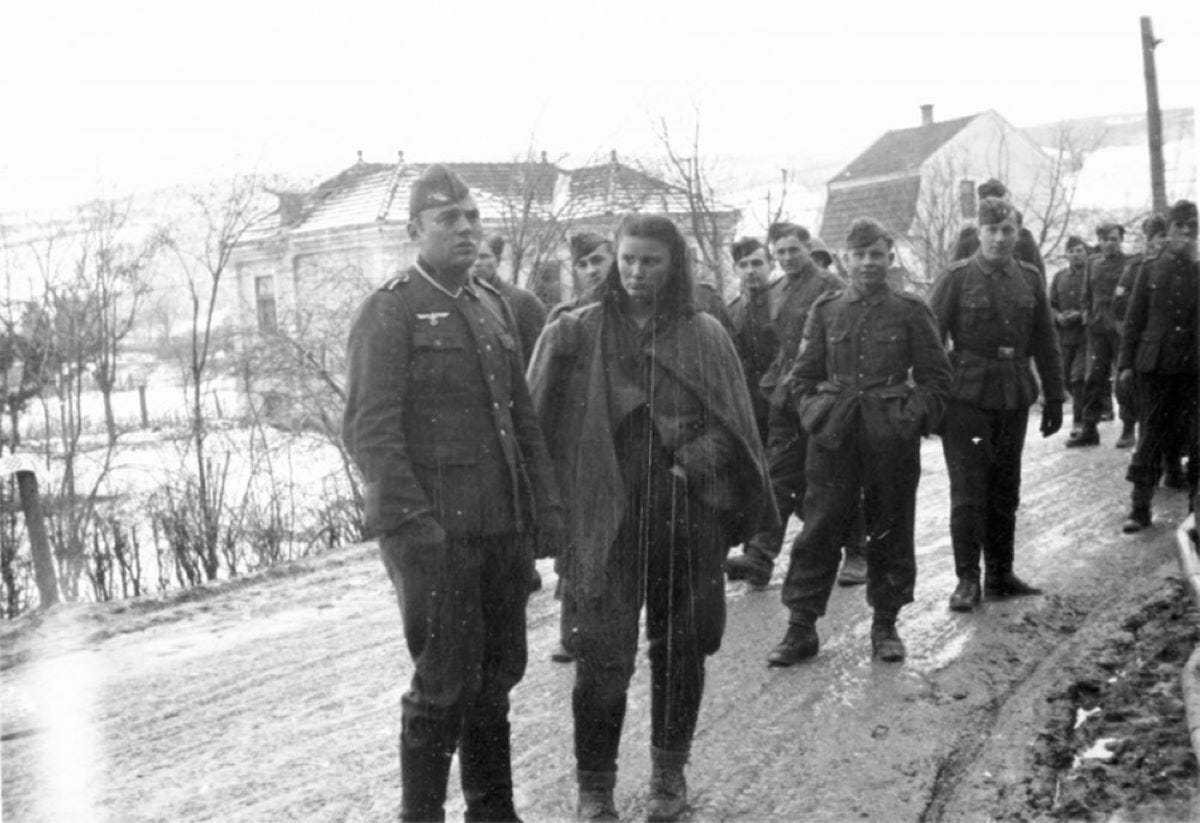
In early February 1943, maybe the 4th or 5th, Lepa Radić was arrested while trying to arrange a rescue for 150 women and children seeking refuge from the Nazis. She was held for three days of brutal torture as the Nazis tried to learn the names and locations of the leaders of the Partisans. She didn’t tell them anything.
On February 8th, she was led out to the gallows with another woman, Smiljka Ćosić-Rašeta.15 The public had gathered, and as the noose was put around her neck, Radić was given one more chance to save her own life by giving up the names and locations of her comrades. She apparently responded, quote,
“I am not a traitor of my people. Those whom you are asking about will reveal themselves when they have succeeded in wiping out all you evildoers, to the last man.”16
As she waited for the command for her execution, Radić apparently told the gathered crowd, quote, “Long live the Communist Party, and partisans! Fight, people, for your freedom! Do not surrender to the evildoers! I will be killed, but there are those who will avenge me!”17
And then, whatever she was standing on was removed and she was hanged. Lepa Radić was dead at just 17 years old.
Now, if you go looking for photos of Radić, you will find photos of her hanging from a noose, which I found very disturbing. They’re very clear, and the haunting nature of them is probably part of why her name is remembered when so many other Partisans are forgotten. But I can barely stomach looking at them, so I wanted to warn you about what you might find if you go looking. I did not include them in the ‘stack.
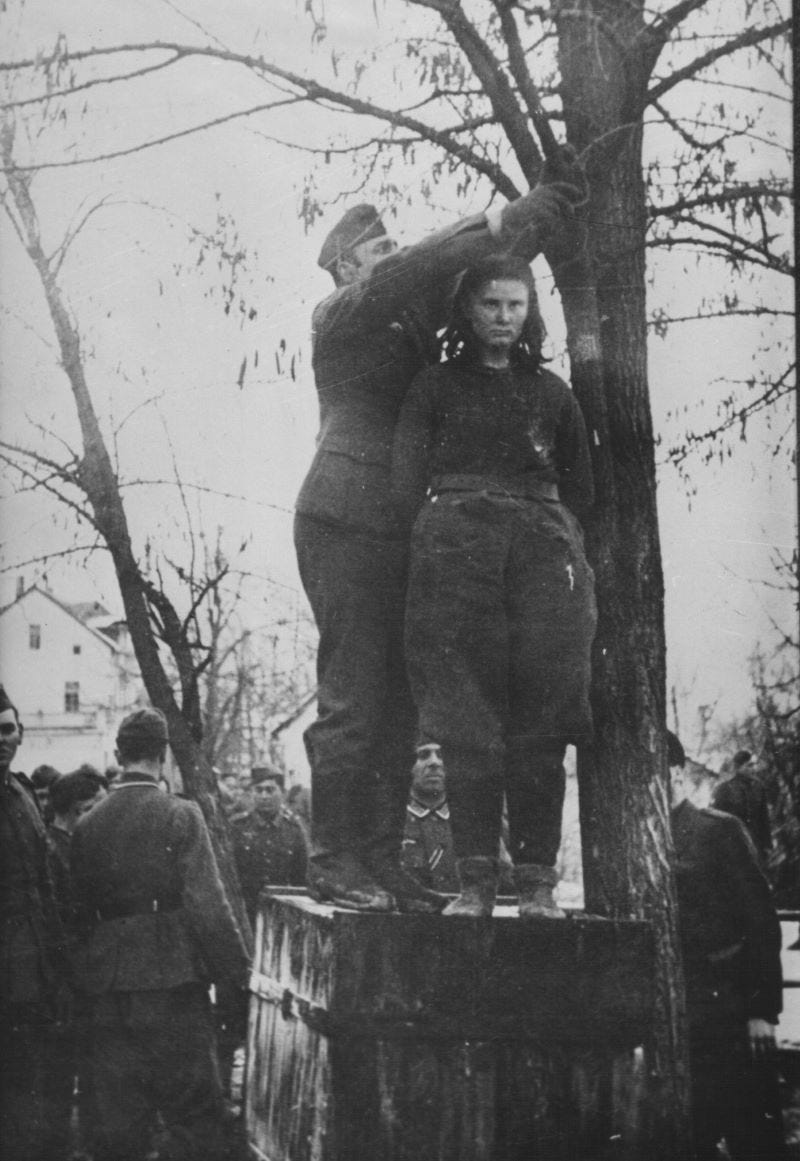
However you feel about them, the photos of her execution cemented her legacy. The whole affair is documented; in one photo in particular, she is surrounded by Nazi soldiers, waiting for her execution to begin. And she looks calm, even defiant. It’s incredible. I’ve included the photo on the Substack.
On December 20, 1951, Radić was awarded the Order of the National Hero by the Yugoslavian government. She was the youngest recipient of the award at the time. Today, she is remembered as an icon of courage and defiance in the Balkans.
That is the really short story of Lepa Svetozara Radić! I hope you enjoyed this episode. You can let me know your thoughts on Substack, Twitter, and Instagram, where my username is unrulyfigures. If you have a moment, please give this show a five-star review on Spotify or Apple Podcasts–it really does help other folks discover the podcast.
This podcast is researched, written, and produced by me, Valorie Clark. My research assistant is Niko Angell-Gargiulo. If you are into supporting independent research, please share this with at least one person you know. Heck, start a group chat! Tell them they can subscribe wherever they get their podcasts, but for ad-free episodes and behind-the-scenes content, come over to unrulyfigures.substack.com.
If you’d like to get in touch, send me an email at hello@unrulyfigurespodcast.com If you’d like to send us something, you can send it to P.O. Box 27162 Los Angeles CA 90027.
Until next time, stay unruly.
If you liked this episode, check out my episode on Sophie and Hans Scholl:
Episode 17: Sophie and Hans Scholl
📚 Bibliography
Amila Ždralović, “PART II: 1941-1945 The Second World War and Experiences of Bosnia-Herzegovinian Women,” in Women Documented: Women and Public Life in Bosnia and Herzegovina in the 20th Century, ed. Jasmina Čaušević, trans. Adisa Okerić Zaid and Lejla Efendić (Sarajevo: Sarajevo Open Center, 2014), 40–65.
Ždralović, 47
Ždralović, 47
“International Women’s Day: Lepa Radić,” Young Communist League (blog), 2019, https://ycl.org.uk/2019/02/11/international-womens-day-2019-lepa-radic/.
Ždralović, 47
Rhodri Jeffreys-Jones, In Spies We Trust: The Story of Western Intelligence, Illustrated edition (OUP Oxford, 2013).
Michael Ray, “Partisan | Yugoslavian Resistance Force in WWII | Britannica,” in Encyclopædia Britannica, July 20, 1998, https://www.britannica.com/topic/Partisan-Yugoslavian-military-force.
John Kuroski, “This Teenage Freedom Fighter Never Backed Down — Even When The Nazis Sent Her To Die,” All That’s Interesting, April 26, 2018, https://allthatsinteresting.com/lepa-radic.
Ždralović, 47
Ždralović, 47
Ždralović, 47
Michael Clark, “Lepa Svetozara Radić (1925-1943) - Find a Grave...,” Find A Grave, accessed November 20, 2023, https://www.findagrave.com/memorial/71531965/lepa-svetozara-radi%C4%87.
Clark
Clark
Ždralović, 47
Kuroski
Young Communist League




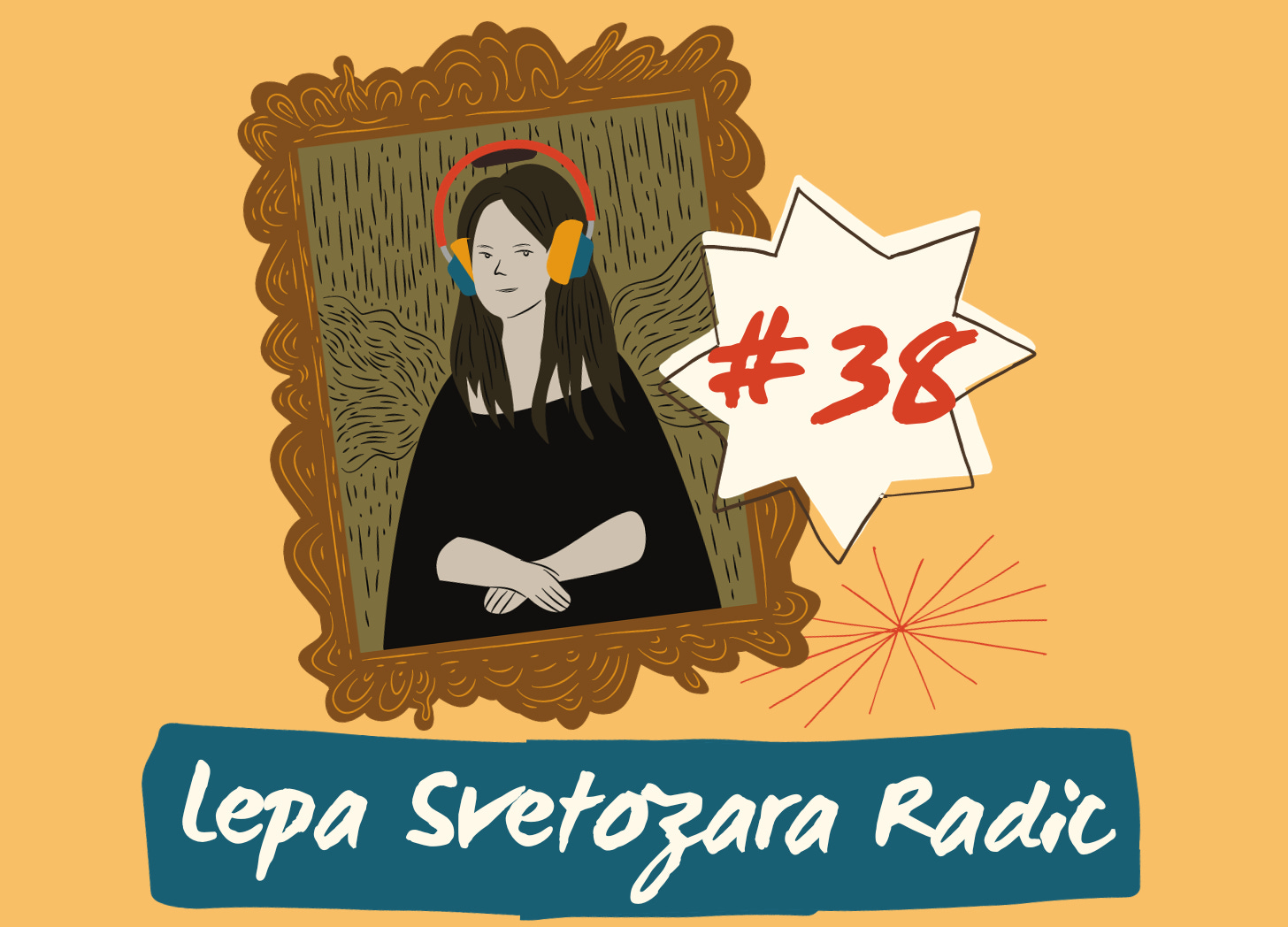
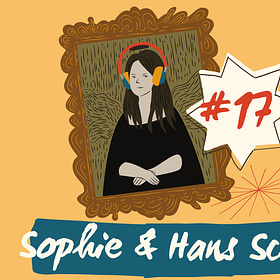

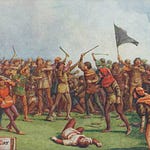
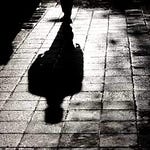

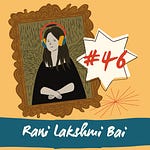

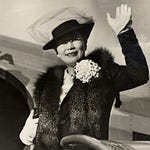


Share this post